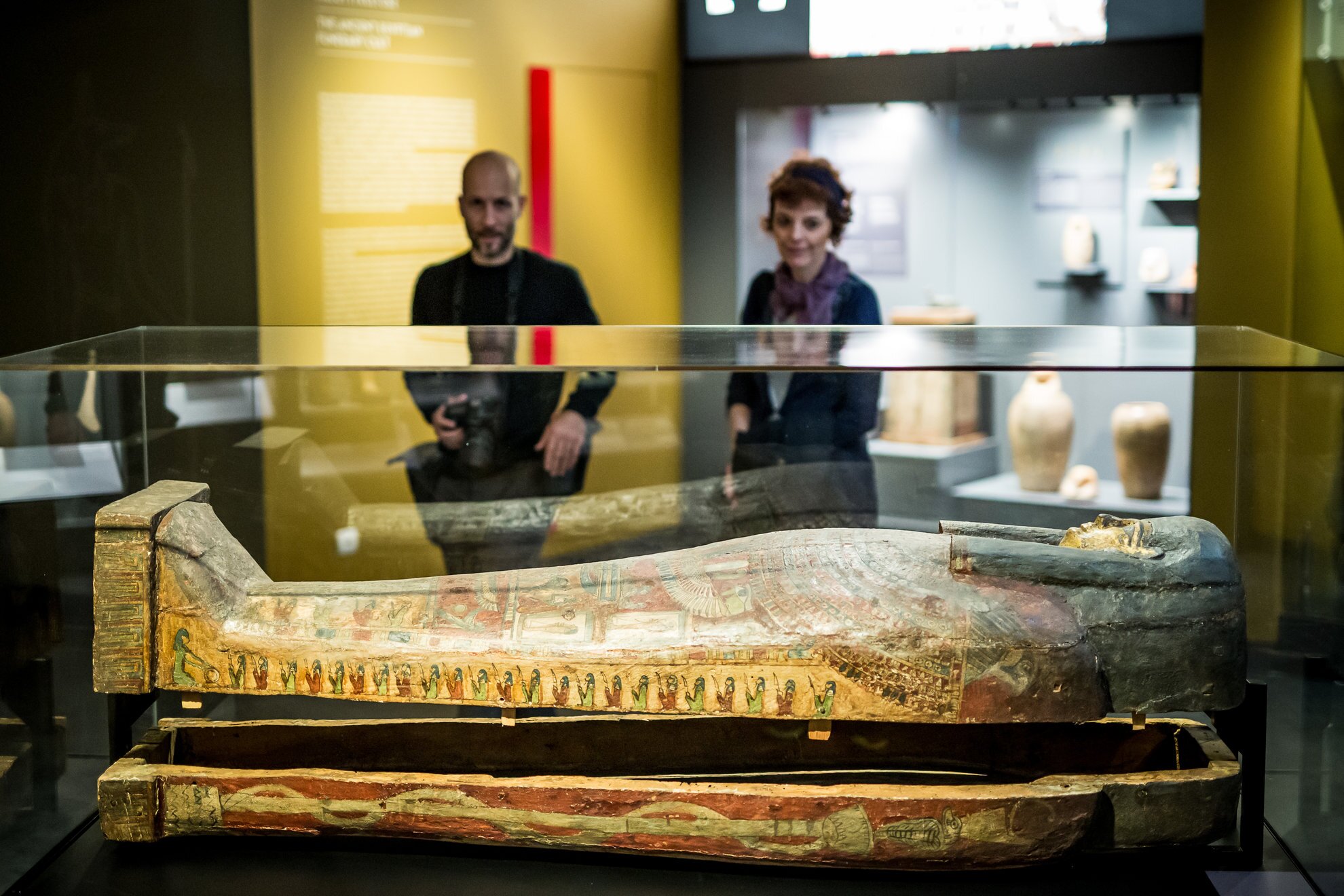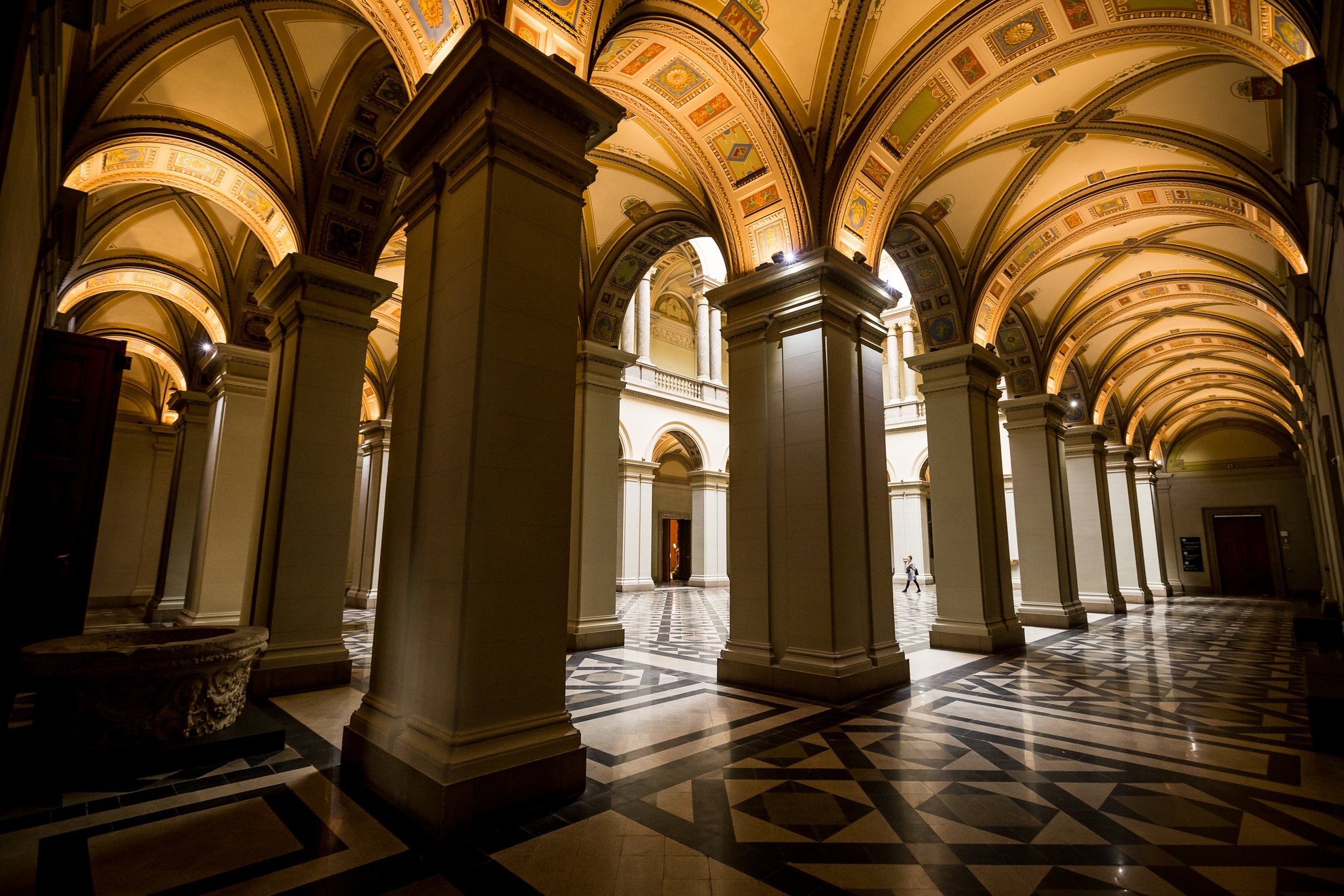
Big-hitting exhibitions are coming to Budapest this year, starting with a display of Egyptian rarities at the Museum of Fine Arts. From April, more than 140 artefacts will be on view, excavated from the burial site of Pharaoh Amenhotep II (1427 BC-1401 BC), discovered in 1898 in the Valley of Kings. Also on show will be a scale reconstruction of the tomb, sculptures and reliefs depicting the king and his officers, the tools and objects of daily life of the contemporary elite and distinctive tombstones.
From June, an exhibition of German Renaissance works – by Albrecht Dürer and his contemporaries – draws from the museum’s collections and will feature 50 pieces. Visitors will learn about the most prominent German artists of this period, their diverse techniques and the rich history of these late medieval pioneers.
Looking into autumn, some 50 works by Paul Cézanne, borrowed from 40 major museums from around the world, will be displayed alongside pieces by Piet Mondrian, Kazimir Malevich, Paul Klee and László Moholy-Nagy, among others. More than a hundred paintings, sculptures, drawings, watercolours and other graphics will be shown, showing the French master’s impact on Modernism.

Over at the Hungarian National Gallery in Buda Castle, an exhibition of Pre-Raphaelite paintings, Vágyott szépség (Desired Beauties) is being set up in co-operation with the Tate Britain. Major works by Rossetti, Millais and Waterhouse explore the influence of the Pre-Raphaelite movement in Hungary, on local artists such as Lajos Gulácsy, József Rippl-Rónai and Károly Ferenczy.
From October, Sean Scully, one of the most renowned abstract artists in the contemporary art scene, will have about 60 pieces featured, ranging across paintings, paper works and sculpture.
The beginning of November marks the 175th birthday of famous Hungarian painter Pál Merse Szinyei, as well as the centenary of his death. His finest works will be selected from the 1,000 or so acquired over the past 15 years by the Hungarian National Gallery.
Reconstruction of the wing of the Fine Arts City Park will be completed in the second half of the year, with the opening of a new permanent 17th- 18th-century exhibition. Also announced by László Baán, minister for the Liget Project currently transforming Budapest's City Park, “the government is not looking for another location for the New National Gallery. No further decisions have been made on the building sites".



